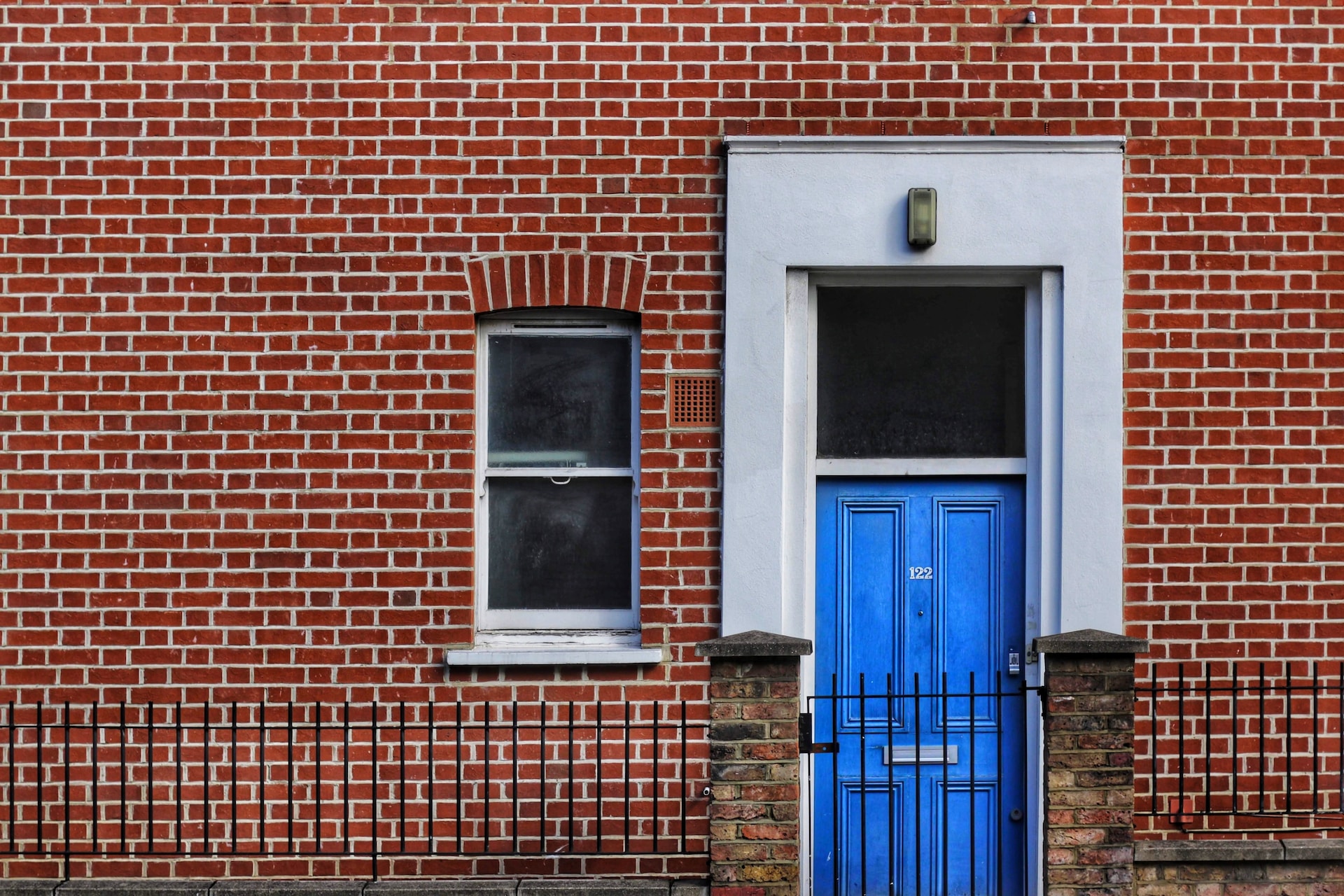A large portion of older buildings, such as Georgian and Victorian houses, were designed to be breathable.
Lime mortar and clay bricks were very popular in the Georgian and Victorian periods. These materials are permeable by nature, meaning when the water hits the external envelope can be absorbed and evaporated.
Combined with the use of lime products used in interior plasterwork, suspended timber floors, and timber-framed windows, ventilation would be at an excellent level to prevent condensation and damp build-up and keep the relative humidity levels at an acceptable standard.
When redecorating or refurbishing an older home, it is best to use materials matched to the existing properties of the house.
The Defects
1. Cracking, Open Joints, Spalling Brickwork
Over time, no doubt, hairline cracks or open joints are bound to appear, especially on the southern facing elevations due to thermal expansion and contraction. These can easily be infilled with a lime-based mortar for a quick fix.
Spalling brickwork can also occur when the mortar bond is too strong. Therefore the brickwork will crumble.
A general rule of thumb is that a mortar bond needs to be weaker than its surrounding brickwork. These are flexible with lime mortars and can adapt to natural movements from expansion and contraction in the walls without cracking.
2. Dampness in Walls
Dampness in walls can be caused by several things, which can combine. This will make a diagnosis hard in many cases. The most common causes are condensation, interstitial condensation, penetrating damp, leaking services, bridging the damp-proof course, and raised ground levels.
3. Condensation
Condensation will occur when there is a build-up of vapour inside a room where the walls are colder than the air’s moisture. The warmer the air is, the more vapour it can hold.
4. Interstitial Condensation
Interstitial condensation happens when warm air penetrates the envelope of the building. This vapour will condensate when the dew point is reached, and water droplets will form. This can occur in older Victorian and Georgian housing if they are furnished with gypsum/cement-based materials. For example, as warm air flows from warm to cold, this warm vapour will permeate the building. As brickwork is generally porous, it will absorb this moisture and be released into the atmosphere. For example, if a cement-based render has been used, this would prevent the release of that moisture, causing interstitial condensation.
5. Penetrating Damp
The older the building materials are, the more likely it is they allow for penetrating dampness. This can be from various sources, such as cracked tiles and open mortar joints to incorrect detailing.
6. Bridging of the DPC
Damp-proof courses were introduced in construction in the 1800s. These were traditionally either impervious bricks, slates, or lead. These were incorporated to prevent damp rising up the walls. Typically in these buildings, our Surveyors have witnessed DPC bridging in simple ways, such as the ground levels being too high.
This means moisture absorbed by the ground is coming into direct contact with the porous bricks, causing damp symptoms to the internal face of the property.
7. Blocked Air Bricks/Vents
As floors in this period often employ suspended floors with a flood void, air circulation is required underneath to ventilate and keep the humidity levels low, to prevent the timbers from rotting.
We have noted several properties that the vents are either blocked with debris or the ground levels have risen, which restricts the ventilation flow. The air bricks and vents can also be incorrectly detailed at times, not providing enough airflow through the gaps.
If the air bricks or vents aren’t allowing that air circulation, then moisture will be allowed to settle on the timbers.
Similarly, chimneys that have been blocked off will also need to be vented for this same reason.
8. Re-Roofing
Many of these Georgian and Victorian houses had roofs with clay tiles originally. Occasionally, when clay tiles are replaced with heavier (concrete) tiles, this can cause significant problems. For example, roof spread can occur where the original timbers and roof structure is not designed to hold that excess weight. Walls can push out vertically, and a chain reaction of defects can be caused.
9. Deflecting Timbers
Older houses, such as Georgian and Victorian, were generally not constructed using mathematics, just by the tradesman’s knowledge. Timbers in the buildings, such as lintels or even purlins, can deflect over time due to the loads implied upon them. A range of remedial methods is available in this case and is not always as daunting as it sounds.
10. Drainage Problems
Particularly in Georgian buildings, drainage problems are widespread. This can be due to how the roof is designed; in many properties, the guttering is hidden from view behind parapet walls and connected to cast-iron downpipes. A guttering problem can be easily ignored in these cases, apart from where rust is obviously spotted.
The Surrey surveyors have witnessed penetrating dampness due to incorrect rainwater disposal of even refurbished uPVC downpipes in Victorian buildings that have led to a pool of water being formed behind a parapet wall, which eventually leads to rainwater ingress and damp patches on ceilings. This defect is often latent until discovered, and in some cases, the damage has already been done.
11. Heavy / Subsidence
Although not as expected, this can be an issue as the foundations are generally very shallow. Removal of a tree near shallow foundations can cause heave, or the existence of a tree near a shallow foundation can cause subsidence.
Learn about the Building Survey service, or alternatively please contact us anytime and we will organise initial FREE expert advice for you!



